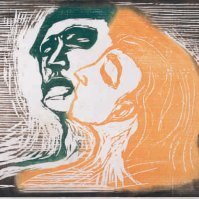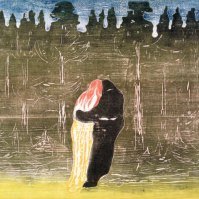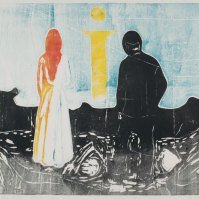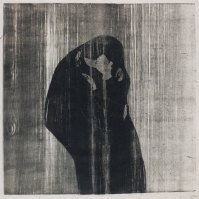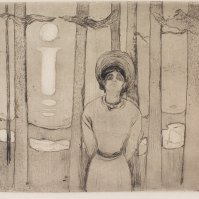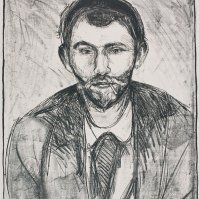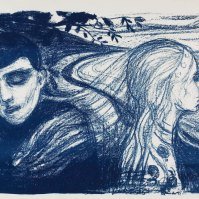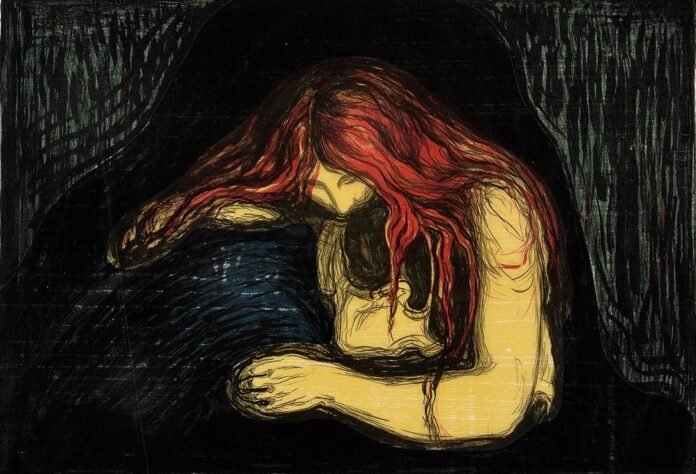Edvard Munch (1863-1944), known for exploring universal emotions such as isolation, melancholy, and anxiety, is the focus of two major retrospectives in the UK during the summer months.
“Edvard Munch: The Modern Eye” at the Tate Modern (28 June – 14 October) and “Edvard Munch: Graphic Works from The Gunderson Collection” at the Scottish National Gallery of Modern Art in Edinburgh (7 April – 23 September) showcase the artist’s profound exploration of the human psyche.
These exhibits offer a unique opportunity for art enthusiasts to delve into Munch’s dark yet compelling subject matter.
Also Read: Nayib Bukele Family: Wife Gabriela Rodríguez de Bukele And Kids
Edvard Munch’s Graphic Legacy: A Reassessment
I.B. Tauris plays a pivotal role in reassessing Edvard Munch’s artistic contributions. Having previously published “Edvard Munch Prints” in 2009, the upcoming release of “Edvard Munch: The Complete Graphic Works” this month is the most authoritative study of Munch’s graphic works ever published.
Munch’s graphic work, often overshadowed by his paintings, sketches, and drawings, is an integral and influential part of his artistic oeuvre.
After the success of his 1892 Berlin exhibition, Munch’s graphic creations significantly influenced twentieth-century art.
Inspired by the cycles of etchings by German artist Max Klinger, Munch ventured into graphic versions of his innovative psychological imagery.
Initially exploring a style linked to Symbolism and Art Nouveau, he produced etchings and lithographs.
Later, Munch delved into woodcuts under the influence of Félix Vallotton and Paul Gauguin in Paris in 1896.
This shift allowed for a simpler technique, perfectly suited to Munch’s imagery where mood and color were indispensable elements.
Munch’s Prolific Print Legacy
Prints played a crucial role in Edvard Munch’s artistic output, gaining prominence through exhibitions across Europe during his lifetime.
Among a total of 748 prints, the majority consisted of etchings and lithographs.
However, Munch’s lasting impact was significantly propelled by color woodcuts, exemplified in iconic works like “The Kiss,” “Melancholy,” and “The Girls on the Bridge.”
These powerful pieces shaped Munch’s influence and ignited a newfound fascination for woodcut among German Expressionist artists.
They stand as some of the most exceptional prints of the twentieth century.
A Gallery of Munch’s Iconic Prints
Explore a curated selection of our favorite examples in the gallery below, showcasing Munch’s prints’ diverse and influential range. Notably, in a whimsical twist, we’ve intentionally excluded “The Scream.”
Click on a thumbnail to embark on this visual journey.


